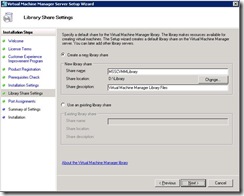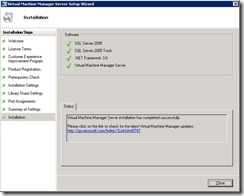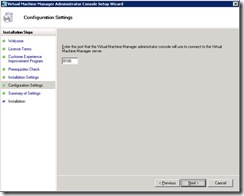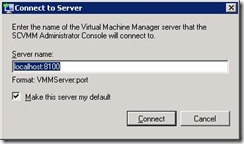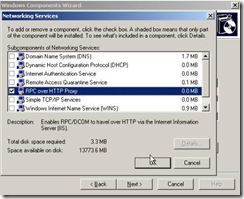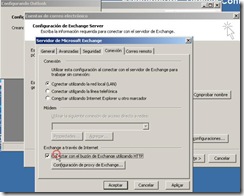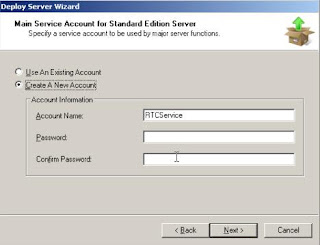Hello, after much share something with you. This time try a story that has had great fanfare. It is that IE is vulnerable and for this reason many are confused, we must continue to use IE or try another browser. In recent days MS and various media have reported that IE has security risks generating vulnerability on PC Security Bulletin is: http:/ / www.microsoft.com/technet/security/bulletin/ms08-dec.mspx . Today was released a patch that fixes this problem and can be downloaded from Microsoft Update: http://update.microsoft.com/microsoftupdate/v6/default.aspx?ln=es
My recommendation is that you make, as soon as possible. They can also be performed by WSUS. I should also note that Internet Explorer is one of the safest browsers as shown by various entities of analysis and information security as www. secunia.com.
All versions of Internet Explorer from Windows 2000 to 6 sobew Internet Explorer 8 Beta version should be updated. More information can be reviewed the following KB: Http://support.microsoft.com/default.aspx/kb/960714
I wish you a good day layoff.





